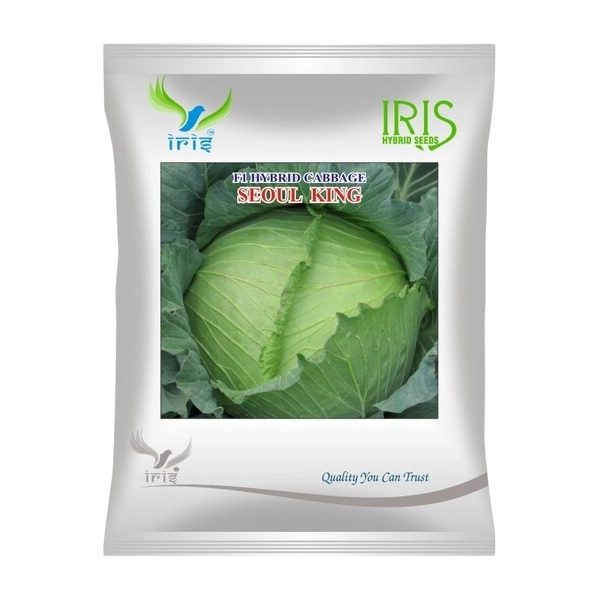
Advanta Goody Ball 65 F1 Hybrid Cabbage Seeds, Round Heads And Bluish Green Foliage
7% Off





| Brand: | Jivit Seeds |
| Product Code: | 8097 |
| Country of Origin: | India |
| Category: | Seeds |
| Sub Category: | VEGETABLE |
| Sub Sub Category: | CABBAGE |






No reviews yet. Be the first to review this product!